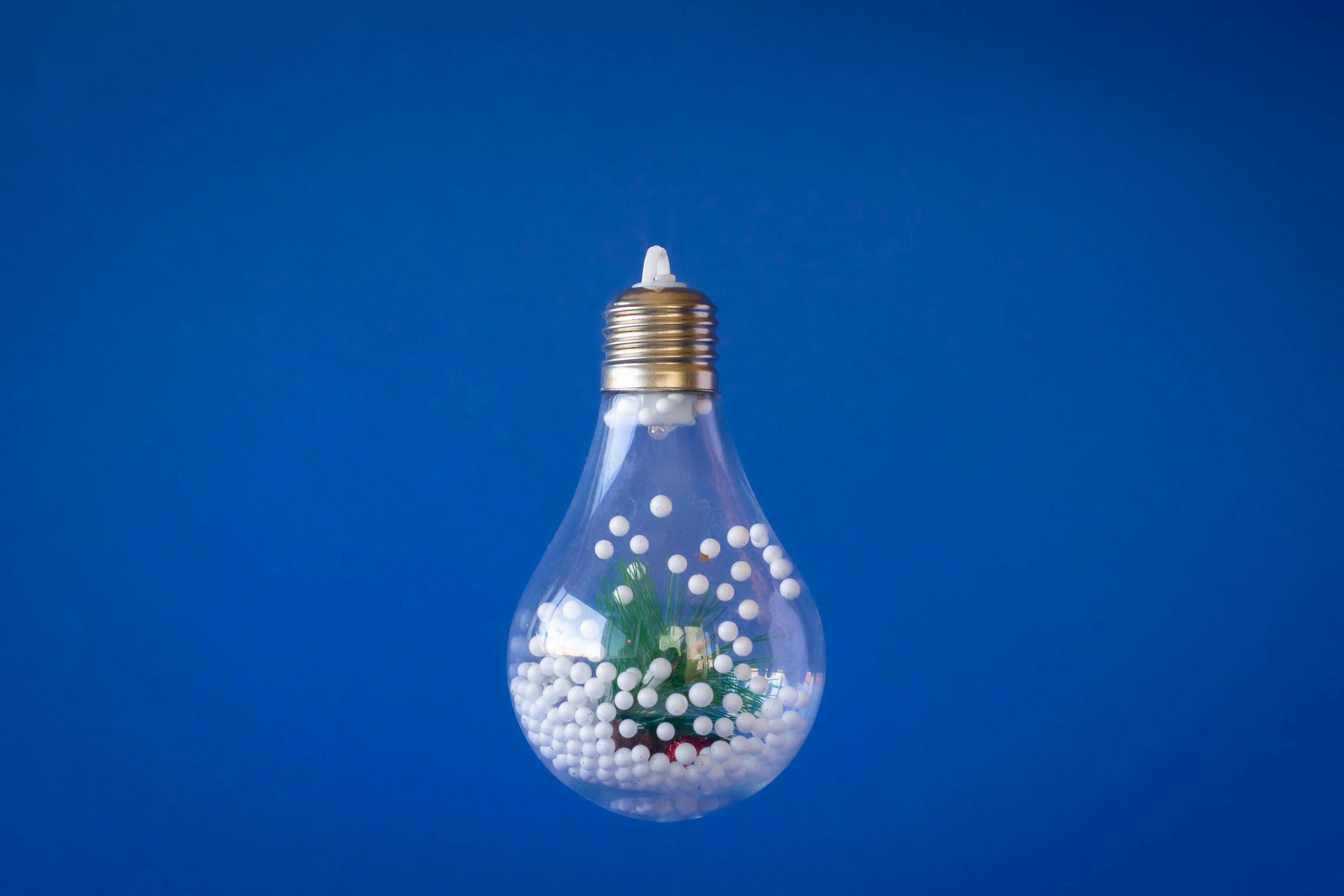How to Create an Aquarium Background

How to Create an Aquarium Background
Creating a captivating aquarium background is not only a great way to enhance the aesthetic appeal of your aquarium but also provides a more natural and comforting environment for your fish. Whether you are a seasoned aquarist or a beginner, setting up a background can be a rewarding project. This guide will walk you through the steps to create your own unique aquarium background, from choosing materials to the final setup.
Choosing the Right Materials
When selecting materials for your aquarium background, consider the overall theme and the health of your aquatic life. Common materials include:
- Foam Board: Lightweight and easy to carve, perfect for creating 3D landscapes.
- Acrylic Paints: Used to add color to your background, ensure they are water-resistant and non-toxic.
- Sealants: Silicone or epoxy resin can be used to waterproof your background and secure it safely in place.
Always ensure that all materials are safe for aquatic use and will not alter the water chemistry.
Designing Your Background
Before you start, sketch your design on paper. Think about the elements you want to include, such as rocks, caves, or plants. This step helps ensure that your dimensions fit the aquarium and that you are satisfied with your concept before you begin the construction.
Constructing the Background
Begin by cutting the foam board to fit the back of your aquarium. Sculpt and carve the foam to create your desired shapes and textures reminiscent of natural habitats. Use sandpaper to smooth out rough edges.
Once your base shape is ready, paint it using acrylic paints. Layering different colors can add depth and realism. After painting, thoroughly dry the background.
Apply a sealant over the painted surface to make it waterproof. Be generous with the sealant and ensure all nooks and crannies are covered. Allow it to cure as per the manufacturer’s instructions, which is typically 24-48 hours.
Installing the Background
Once the background is dry and fully cured, it's time to install it in the aquarium. If it’s a large or complicated design, you might need an extra set of hands. Apply silicone on the sides to adhere it securely to the glass. Wipe away excess silicone with a damp cloth and ensure the background is securely in place.
Troubleshooting Common Issues
Sometimes, you might encounter issues such as the background floating away or parts of it peeling off. If this happens, check if enough silicone was used during the installation. Additionally, ensure the background was fully cured before installation.
Conclusion
Creating a DIY aquarium background is a fun and creative process that can significantly impact the appearance of your aquarium. With the right tools and some patience, you can create a stunning backdrop that will not only please your eyes but also create a better environment for your fish.
Remember to maintain the backgrounds by checking the integrity of the sealant periodically and cleaning it as part of your regular aquarium maintenance to keep it looking as good as new!